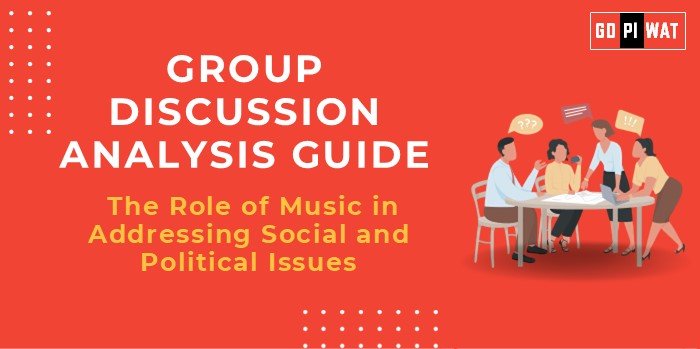🎵 The Role of Music in Addressing Social and Political Issues
🌍 Introduction
“Throughout history, music has transcended cultural and linguistic barriers to become a universal tool for expression, advocacy, and change.” Music often mirrors societal dynamics, from Bob Dylan’s civil rights anthems to hip-hop’s critique of systemic injustices, serving as a medium to inspire action, provoke thought, and foster solidarity.
📊 Quick Facts and Key Statistics
- 🎶 Over 200 songs emerged globally during the Black Lives Matter movement, amplifying justice calls.
- 💰 Socially conscious music campaigns raised over $5 billion for charities in the past decade.
- 🌍 UNESCO identifies music as a cultural force in 167 member countries.
- 🧠 Music therapy has shown a 60% improvement in mental health for communities engaging in collective music-making.
👥 Stakeholders and Their Roles
- 🎤 Artists: Create socially conscious music to influence public opinion.
- 🏛️ Governments: Facilitate or suppress music based on alignment with its messages.
- 👨👩👧👦 Citizens and Activists: Consume and promote music to mobilize movements.
- 📺 Media Platforms: Amplify music’s reach and impact.
🏆 Achievements and Challenges
✨ Achievements
- 📣 Catalyst for Movements: Songs like “We Shall Overcome” became anthems of resistance.
- 🌐 Policy Influence: Bono’s advocacy influenced G8 policies on African debt relief.
- 💡 Community Healing: Music therapy aids psychological recovery in war-torn areas.
⚠️ Challenges
- 🚫 Censorship: Politically charged music often faces bans by governments.
- 💰 Commercialization: Dilution of core messages for profit.
- 📡 Access Gaps: Limited reach of protest music in marginalized communities.
🌍 Global Comparisons
- 🇺🇸 USA: Hip-hop addresses systemic racism.
- 🇿🇦 South Africa: Protest songs united communities during apartheid.
📜 Case Study
In India, the song “Hum Dekhenge” was revived during the CAA protests, symbolizing unity and resistance.
🗣️ Structured Arguments for Discussion
- ✅ Supporting Stance: “Music drives social and political change by uniting diverse communities.”
- ❌ Opposing Stance: “Over-commercialization dilutes music’s advocacy impact.”
- ⚖️ Balanced Perspective: “Music’s influence depends on genuine engagement and societal context.”
🚀 Effective Discussion Approaches
- 💡 Start with iconic songs like “Give Peace a Chance” or “Fight the Power.”
- 📊 Highlight stats: “Over 200 songs emerged during the Black Lives Matter movement.”
- 📖 Counter criticism by citing sustained impacts of movements like Live Aid.
🔍 Strategic Analysis
- 💪 Strengths: Universal appeal, emotional resonance, accessibility.
- ❌ Weaknesses: Subject to censorship, risk of over-commercialization.
- 🌟 Opportunities: Greater reach via digital platforms, integration with activism.
- ⚠️ Threats: Cultural misappropriation, suppression in authoritarian regimes.
📚 Connecting with B-School Applications
- 📈 Real-World Applications: Music in corporate social responsibility campaigns, fostering inclusivity in organizations.
- 🎓 Sample Interview Questions:
- 1. “Can music play a measurable role in organizational culture?”
- 2. “How can the entertainment industry contribute to societal equity?”
- 📝 Insights for Students: Explore music’s role in marketing strategies and its impact on consumer behavior.


